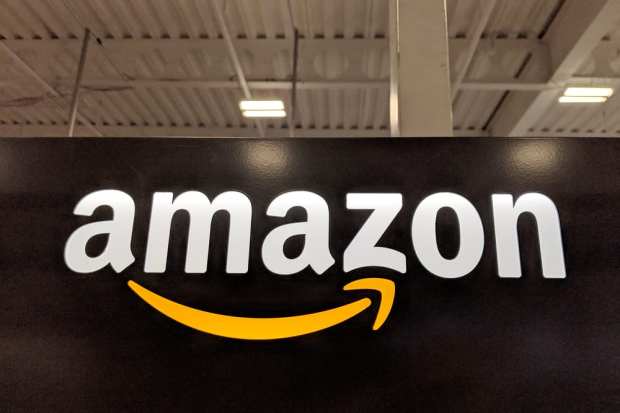Amazon Ups Its US Online Cash Payments Game With PayCode

The name of the game in commerce — domestic, cross-border, whatever — is given consumers as many options to pay as pragmatically possible. In a new PYMNTS discussion with Karen Webster, Ben Volk, head of global payment acceptance at Amazon, talks about why that means giving people more freedom to pay with cash, including in the U.S.
Yes, you read that right — cash. That’s the focus of Amazon’s new launch of its PayCode tool in the U.S., which also involves a partnership with Western Union. The option enables customers to select Amazon PayCode at checkout and pay in cash at one of 15,000 Western Union locations, according to an announcement.
More Options
“Today we see customers use a wide variety of different ways to pay,” he told Webster. Sometimes, how to pay is driven by what the consumer is buying, he said, though he declined to go into detail about what product categories tend to attract the most cash purchases. “We see a wide variety of use cases (for PayCode),” Volk said.
With “Amazon PayCode,” shoppers choose the payment option at checkout to get an Amazon PayCode (QR code and a number) that is referenced when paying in cash at over 15,000 Western Union agent locations. Shoppers have 24 hours after the order is placed to make a payment. If a return occurs, shoppers will get a cash refund at a participating Western Union agent location for orders made via Amazon PayCode once the return is received.
The tool is good for purchases for up to $1,000, he said, though cannot be used on limited-time sales or, for that matter, PillPack prescriptions via Amazon, which bought the online pharmacy in 2018.
Amazon and Western Union launched the service outside of the U.S. in late 2018.
So far, the service has proven a hit in many markets, Volk said during the PYMNTS discussion, including in such markets as Japan and Brazil, where paying with cash for eCommerce purchases is more common than in the U.S. “It’s the norm,” he said about cash transactions in those countries. Even in the U.S., some consumers do indeed prefer to pay cash. Moreover, that’s not the only potential appeal of deploying PayCode in the country. The service could lead to Amazon gaining new customers, he said — people perhaps put off by the inability to pay cash for eCommerce purchases. The PayCode tool also enables other commerce situations. “We enable gifting situations,” he said, “or sending something to your child in college.”
Acceptance Locations
Amazon worked with Western Union on PayCode because, Volk told Webster, more than 90 percent of the U.S. population lives within five miles of a Western Union location. He said a small portion of the U.S. consumer population now has access to PayCode, with the rollout hitting more consumers as the holiday season approaches.
The news of the U.S. rollout of PayCode came amid other signs of the enduring power of cash in eCommerce. For instance, Amazon recently said that Amazon Cash, which enables customers to load cash into their Amazon Balance for making online Amazon purchases, is now available in more than 100,000 cash-loading locations around the country. Amazon Cash lets shoppers visit participating locations to load between $5 and $500 in cash to their Amazon Balance, which they can then use to make future purchases in Amazon’s online store.
PayCode’s newest expansion also comes as cross-border eCommerce gains traction — growth that in large part is fueled by the spread of new payment methods. For instance, Forrester Research noted that cross-border shopping would be as much as 20 percent of eCommerce transactions by 2022, with sales reaching as much as $630 billion — and that paying in person remains a challenge for those who prefer that method or who are not comfortable paying online.
It might be almost the 2020s, but consumers across the world still like and use cash for various reasons. The trick — as Amazon shows — is to find ways to serve those consumers better and meet them on their terms.
